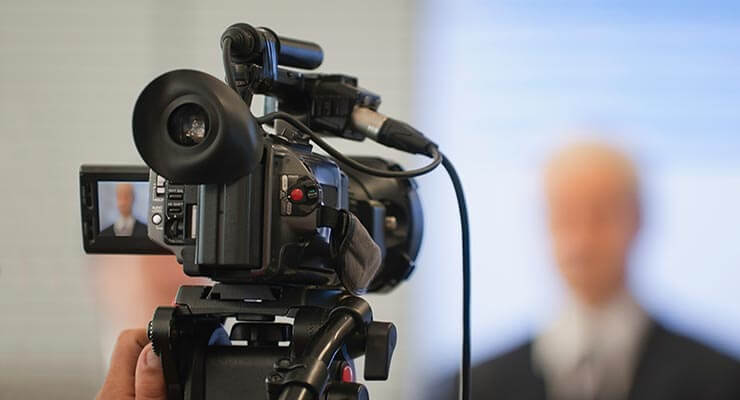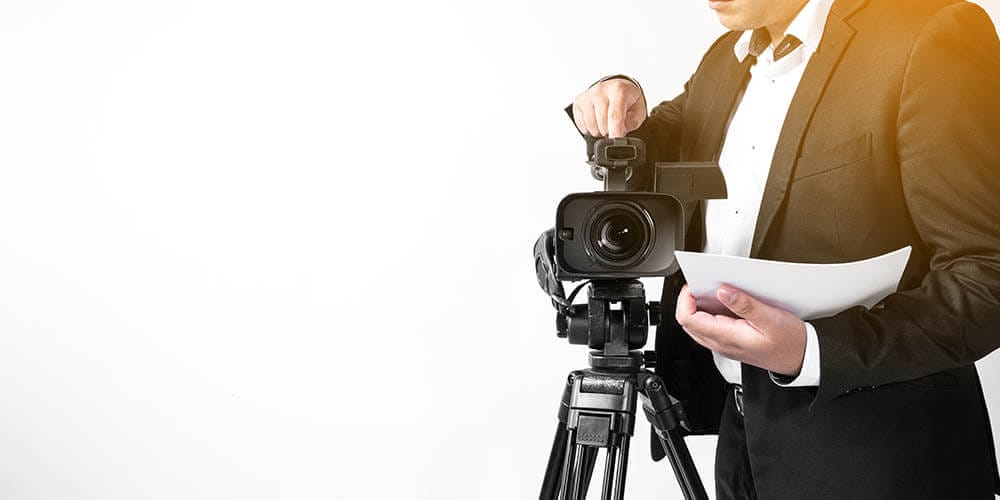Understanding the Relevance of Videography in Legal Process
The assimilation of videography into lawful proceedings has actually arised as a considerable aspect in the presentation and analysis of evidence. By catching aesthetic aspects such as body language and face expressions, videography enhances the narrative surrounding witness testaments and can exceptionally influence jury understandings.
Duty of Videography in Proof
Videography plays a progressively essential function in lawful procedures, acting as a powerful medium for offering proof. The assimilation of video clip recordings into the lawful framework allows for a more vibrant depiction of truths, allowing jurors and courts to envision events as they took place. This visual documentation can include a variety of products, consisting of monitoring video footage, taped witness testaments, and professional presentations, all of which can significantly improve the evidentiary landscape.
Among the key benefits of videography is its capability to catch subtleties that may be shed in written accounts. Faces, body movement, and situational context can provide necessary insights, helping to share emotions and intentions that text alone can not. The usage of video clip evidence fosters a more interesting court room experience, potentially assisting jurors in recognizing intricate instances.
As technology advances, the high quality and access of videographic evidence have improved, making it an indispensable part of modern-day legal practices. Courts progressively acknowledge the value of video as a reputable source of info, motivating lawyers to adjust their techniques for proof discussion. Eventually, videography offers not just to illustrate realities however additionally to enhance the general honesty of the judicial process.

Enhancing Reliability and Quality
A substantial advantage of integrating videography in legal proceedings is its ability to improve both integrity and clarity of evidence presented in court. Videographic evidence can catch subtleties that composed papers may ignore, such as tone, body movement, and context. This graph permits discretionary to much better comprehend the situations surrounding the case, thus cultivating a more accurate understanding of the occasions in concern.

Furthermore, the clarity managed by videography decreases the probability of misinterpretation that can occur from textual descriptions. This accuracy is especially critical in complex cases, where information can be conveniently misconstrued. Inevitably, by providing evidence in a visually available layout, videography not just enhances the honesty of the judicial procedure but also sustains informed decision-making by those involved in legal process.
Influence on Court Understanding
The incorporation of videographic proof considerably influences jury assumption, commonly leading to extra involved and educated deliberations. Jurors are commonly much more responsive to visual info, which can enhance their understanding of intricate situations. Videography presents facts in a manner that is both accessible and engaging, permitting jurors to get in touch with the evidence on a more individual level.
Moreover, the capacity to witness events as they took place can stimulate psychological feedbacks that created transcripts or verbal testimonies might stop working to elicit. This psychological involvement can lead jurors to develop stronger point of views relating to the trustworthiness of witnesses and the overall narrative of the situation. The graph of proof also helps in clearing up ambiguities, making it easier check here for jurors to More hints comprehend the context and value of the information provided.
In addition, videography can act as an effective tool for narration, making it possible for lawyers to create a persuasive story that resonates with the court. When jurors can picture circumstances and witness key moments, their capacity to intentional thoughtfully and reach a well-informed verdict is considerably improved, inevitably affecting the outcome of lawful process.
Ideal Practices for Legal Videography
Implementing ideal methods in lawful videography is important for guaranteeing that visual evidence is both qualified and reliable in the court room. Initially, pick professional professionals who focus on legal videography to make certain the technical high quality of the recordings. This includes using high-resolution electronic cameras and specialist sound tools to record clear visuals and sound.
Second, keep correct paperwork throughout the recording procedure. This involves developing a detailed log that consists of timestamps, summaries of the material, and the identifications of all individuals present. Such documents can strengthen the authenticity of the video.

In addition, take into consideration the usage of suitable modifying methods. While it is important to preserve the original content, small changes for clarity-- such as boosting audio levels-- can boost the total discussion without altering the substance.
Future Trends in Legal Videography
As lawful videography proceeds to evolve, emerging techniques and innovations are shaping the future landscape of aesthetic evidence in the court (Legal Videography). One considerable trend is the assimilation of high-def and 4K video high quality, enhancing the clarity and detail of videotaped testimonies and proof. This improved resolution help jurors in adequately assessing the trustworthiness of witnesses and the subtleties of the here and now materials
Furthermore, using fabricated knowledge (AI) in video clip analysis is gaining grip. AI devices can aid in identifying crucial moments in video, generating records, and also assessing non-verbal communication, which supplies much deeper insights into witness integrity. Digital fact (VR) and enhanced fact (AR) are positioned to change how evidence is presented, permitting jurors to submerse themselves in criminal offense scenes or circumstances, therefore cultivating a much more profound understanding of the context.
Conclusion
In recap, videography offers as an essential device in legal procedures, improving the discussion of proof and enhancing the general understanding of cases. By recording non-verbal signs and strengthening the integrity of witness accounts, videography considerably influences court assumption and decision-making processes - Legal Videography. Complying with ideal techniques guarantees the performance of legal videography, while arising patterns promise to further enhance its function in the judicial system, eventually cultivating an extra informed and involved legal environment
Videography plays a progressively crucial duty in legal proceedings, serving as an effective tool for offering proof.A significant advantage of including videography in legal proceedings is its capability to improve both integrity and clarity of evidence offered in court. Inevitably, by presenting proof in an aesthetically accessible format, videography not just strengthens the integrity of the judicial procedure yet likewise sustains educated decision-making by those included in lawful process.
In recap, videography serves as an essential tool in lawful procedures, improving the presentation of evidence and improving the general understanding of instances. Legal Videography. Sticking to best methods makes certain the efficiency of lawful videography, while emerging fads guarantee to further enhance its role in the judicial system, inevitably promoting a more enlightened and involved lawful setting